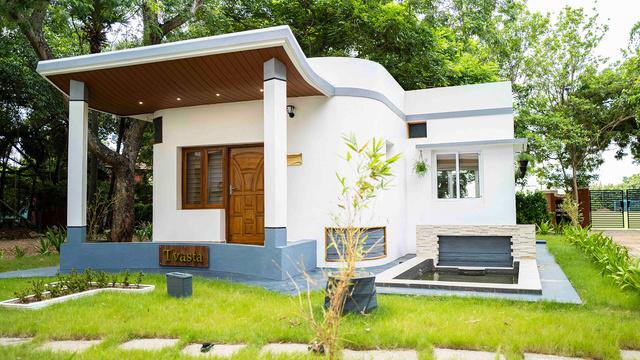Finance Minister Nirmala Sitharaman inaugurated India’s first 3D-printed house at the IIT Madras campus to uplift affordable housing nationwide. Two years after, Larsen & Toubro is close to completing the construction of India’s first public building in Bengaluru with 3D-printing technology.
The post office, spread over 1,100 square feet, is 3D-printed worth Rs 23 lakh over 45 days. Although the technology cuts the construction time by 30%-40%, the cost remains the same for single projects.
MV Satish, Senior Executive and Vice President of L&T, stated that the Building Materials and Technology Promotion Council approved the technology, and IIT Madras approved the structural design.
Besides traditional construction methods, 3D printing uses robotic arms to form layers with a special concrete mixture. The mixture has special adhesives for quick drying and other purposes.
The operator controls the system, feeds into the design and panels the speed at which the mixture is funnelled out of the robotic arm as per the design plans.
MV Satish added the freedom of design, customisation, and fully digital controls add to the advantages of a 3D-printing system.
Additionally, the walls can regulate temperature for less energy used to heat or cool the interiors. The robotic printer used for the post office project is from Denmark, and two such machines have already been built in India.
The 3D-concrete printer uses about 30% fly ash as raw material, making less noise than traditional constructions. According to L&T, the printer functions for 20-24 hours at a stretch. However, it can only build 1-1.5 meters of walls daily.



